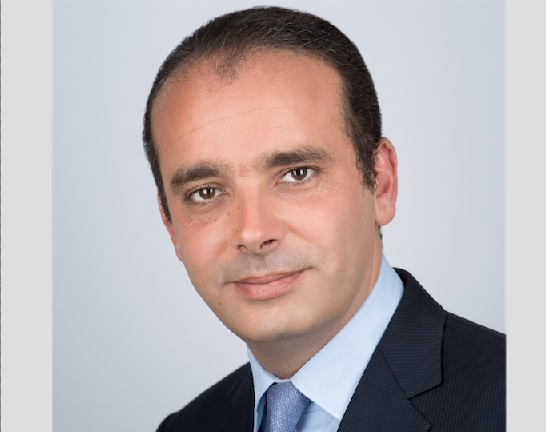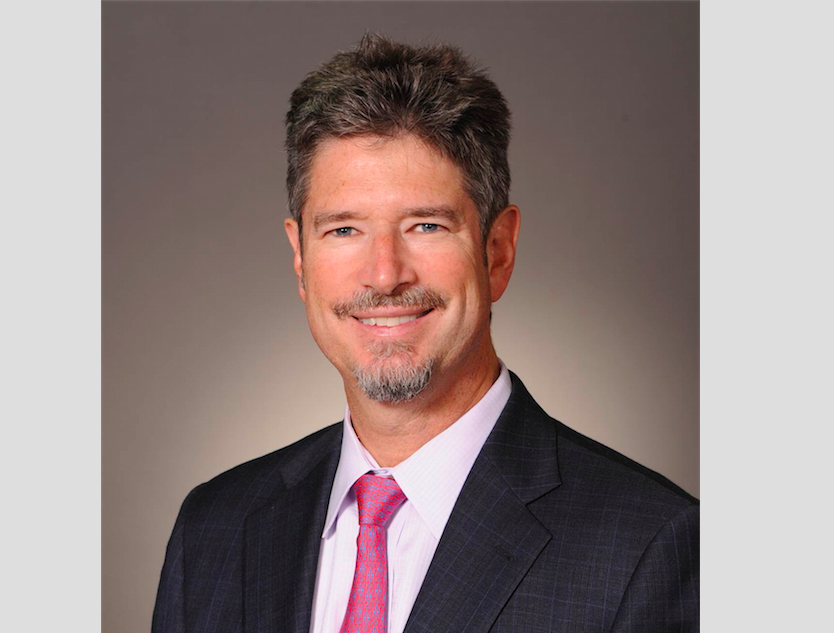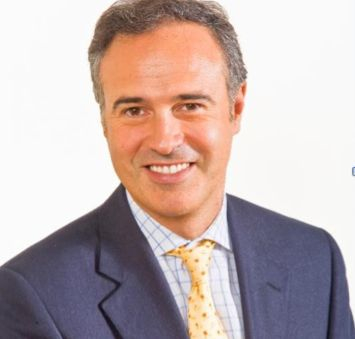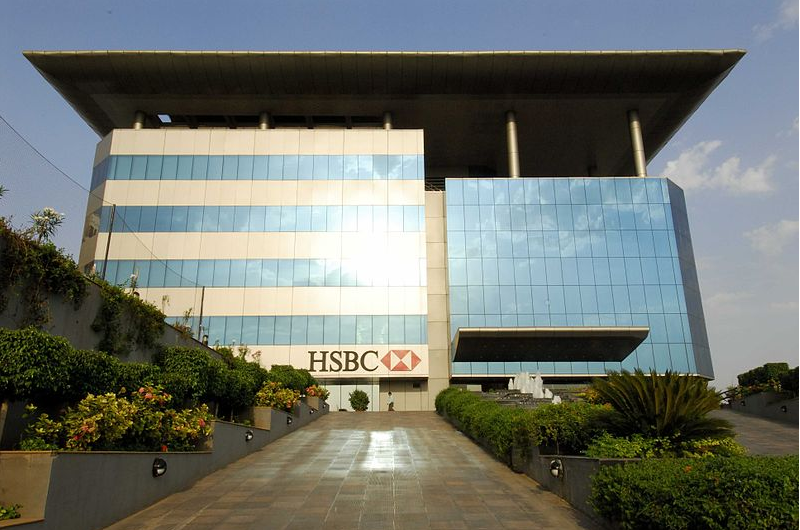Raphael Pitoun: “I very much doubt that at this stage of the cycle, it makes sense to invest in companies with a leveraged balance sheet”
| By Fórmate a Fondo | 0 Comentarios

The Stryx Global Growth Fund, a global equity fund, only invests in the best companies in the world in terms of quality and growth. In fact, it is a growth strategy with a low number of expositions: between 17 and 25 shares. To this we must add that its rotation is of around 20%. Some of the companies stay for more than fifteen years. Raphael Pitoun, CIO of Seilern Investment Management, explains the reasons why the fund is concentrated: “The companies you are looking for are very rare,” he says.
The strategy, which Capital Strategies markets in Spain, selects stocks between industries and sectors that present high barriers to entry, strong pricing power and visible growth prospects. “The companies in our portfolio combine a sustainable competitive advantage with a strong balance and high profitability,” explains the CIO of this boutique manager with $ 400 million of assets under management in this interview with Fund Society.
How does your fund differ from other global equities funds?
The Stryx World Growth fund only invests in the best companies in the world in terms of quality and growth. Stocks are selected from industries and sectors with high barriers to entry, strong pricing power and visible growth prospects and the companies combine a sustainable competitive advantage with a strong balance sheet and high profitability. Stryx World Growth is a concentrated fund of between 17 to 25 stocks as the companies we are looking for are very rare. The fund has a low turnover of around 20%; some of the companies are in the portfolio for more than fifteen years.
What is your broad outlook for equities in 2017?
We continue to have a positive Outlook for Equities in 2017. The level of systemic risk is moderate as the banking sector restored its profitability and the amount of leverage in the private space is not disproportionate. There is still plenty of liquidity and except if the Federal Reserve makes errors and tighten too quickly this should continue to be the case. We are not very optimistic regarding the ability of the new US administration to boost growth but overall global growth prospects remain acceptable. Despite indexes reaching recent highs, the investment world is still largely skeptical and underweight in Equities. This bodes well for a continuation of the rally in the foreseeable future. We only start to perceive the first signs of market euphoria since a few weeks and these signs are still far from a bubble.
In which areas do you see more opportunities?
We are not keen to make any macroeconomic gamble and the companies we invest in are also chosen because they are more immune than an average company to any kind of macroeconomic trend. What we can say is that with the ongoing sector rotation, which favored low quality sectors, indebted companies and banks, our highly growing and predictable companies are very much affordable. Also, I very much doubt that at this stage of the cycle, it makes sense to invest in companies with a leveraged balance sheet for example.
Three themes for this year
One of the themes we have been working on recently is the consumer staples industry. It looks like the sector growth algorithm is getting increasingly challenged by competition, new consumption habits, the direct to consumer business and slowing developed markets. We become structurally more prudent about this sector and, for example, we sold our 17-year-old position in Reckitt Benckiser a few weeks ago.
The other theme, which looks interesting to us, is the healthcare sector. We progressively moved our exposure from pure drug manufacturers to medical devices makers. The latter often have a good pricing power, interesting strong growth prospects and high barriers to entry. We do not think they will be completely immune to the huge pressure on developed market’s healthcare system but, if chosen carefully, some of them make very interesting investments.
Last, we have been working on robotics. Most companies we invest in have a plan to increase their capital expenditures on automation. With inflation fears coming back and full employment in some markets, this should only accelerate this trend. What we see on that front is similar to what companies experienced in the 2000s when they outsourced production or open plants in low-cost countries: when one competitor start doing that, the others are obliged to follow creating a strong halo effect. This should benefit companies such as Fanuc in Japan.
Are we seeing a rotation from growth to value?
Yes, it is visible that some investors shift from growth investment into value. On our side, we are very wary of using the distinction between growth and value. We are quality growth investors and it is a big difference with what is considered a growth investor. We do not bet on growth prospects for one or two years but for the long term and growth is only one of the criteria we are looking at. We do not have any style or do not follow any fashion: we use the equity market as a tool to invest but our investments are not in the equity market but in companies.
What are your capabilities of capital preservation?
Our capabilities of capital preservation are very high from both a company and portfolio perspective. At a company level, the risk of default is very low as the companies we aim at investing in are very established businesses (on average, they were founded in 1944), have healthy businesses and are highly cash generative. From a portfolio perspective, the main driver of the performance is the earnings generation rather than multiple expansion or fragile dividend payments. For investors who have a sufficient time horizon across the cycle, the capital should be not only preserved but increased significantly.
How do you identify areas of the market that may provide stock ideas?
Our ideas are purely proprietary and based on the work on our internal research team. We also capitalize on our own track record of 25 years and know how in the quality growth investment. Finding new ideas comes from two ways. Firstly, we are using a quantitative screening as we want the companies to tick many boxes in terms of track record, growth and balance sheet. Secondly, we identify structural growth themes and, often when we look at one company, it often leads to another one. But, again, identifying an idea is the very first step of a long process; we then deep dive and investigate on all the aspects of the company and this can take between six months and one year before a company is approved for investment.
We have seen a upward trend in US equities because of Trump, is this trend sustainable?
To put things into perspective, the change in the market environment has started last July before the US elections. The stimulus plan announced in China, and decreasing deflation fears in Europe already helped the equity market. The election of Trump made some investors think that the US could also see better growth prospects. That’s a point we are doubtful about given the local political context and the division inside the Republican party. But again Trump was only one explanation for the rally and a potential disappointment, even if it will not help, should not entirely break the positive market dynamics.
Why you do not invest in Banks? And in Oil? And in Insurances companies?
This is explained by our investment philosophy. We only invest in companies we can understand and analyze. Banks and insurance companies are not transparent enough. On top of that, there is no real structural growth driver and the capital intensity in the financial sector is going up. As far as oil is concerned, we want the earnings growth to be as predictable as possible. For oil companies, we are not in a position to forecast even the revenue line in an accurate manner.









